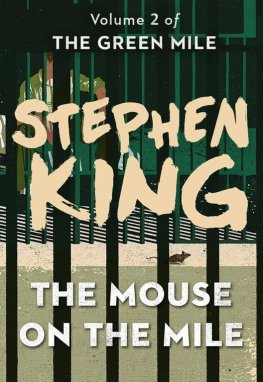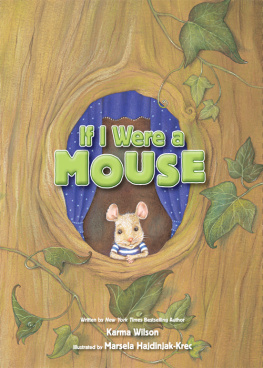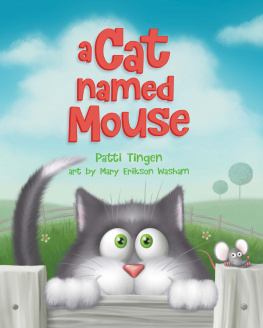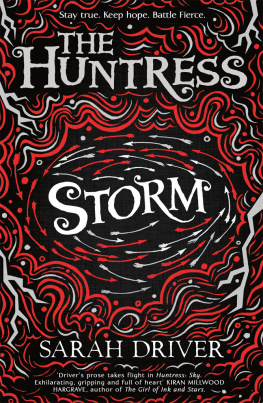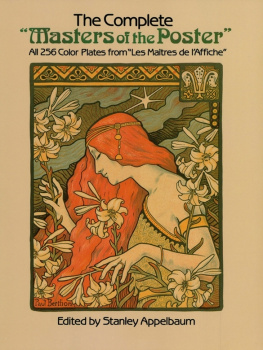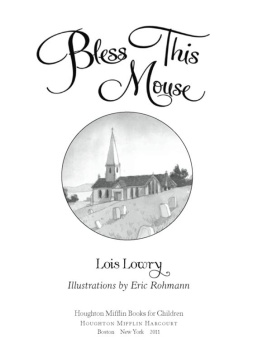


Copyright Stanley Mouse 2015
All rights reserved under International and Pan-American Copyright Conventions. No part of this book may be used or reproduced in any manner whatsoever without written permission from the publisher, except in the case of brief quotations embodied in critical articles and reviews.
We would like to express our gratitude to the following parties for granting us the rights to reproduce specific images included in this book: Wolfgangs Vault and Rhino Entertainment.
Library of Congress Cataloging-in-Publication
Data is available
Book design by Debbie Berne
SOFT SKULL PRESS
An imprint of COUNTERPOINT
2650 Ninth Street, Suite 318
Berkeley, CA 94710
www.counterpointpress.com
Distributed by Publishers Group West
10 9 8 7 6 5 4 3 2 1
e-book ISBN 978-1-61902-422-9

First a light beaded curtain falls across.
Then a wooden door closes with a click.
Followed by an iron gate with bars
wrapped in barbed wire.
A loud clank of a thick metal door, with
rivets, sealing up everything that moves.
Then,
comes a breath of love...
The doors fall open.
Stanley Mouse
2008

CONTENTS
R. CRUMB

Sky Fish 1998 oil on canvas
by R. Crumb...
Mouse:
Received your note asking if Id be up for writing a foreward or blurb for a new book on your lifes work. Im flattered that you ask but the truth is, Ive been asked too many times to write forewords and blurbs. I just cant do it anymore. Ive written so many of them! It takes time and thought to do it right. I dontI cantjust glibbly hack something out. I always spent a day on those things.
Not that I dont admire the work you did back in those crazy days of the sixties. Yours and Griffins, particularly, I found very inspiring. Made me flee Cleveland to the mecca of San Francisco in January of 67. I could see right away that those posters were LSD-inspired. Id had similar lettering and lay-out visions while tripping on LSD.
Funny, though, I didnt care much for the music advertised on those posters. I liked the posters better than the music. Amped-up psychedelic electric guitar noodlings never did anything for me.
Anyway, sorry, I cant do it anymore.
R. Crumb


Mouse, Boston 1971
photograph

M ouse... About five minutes into the first of two long interview sessions, Stanley Mouse, who has been casually scrolling among literally thousands of scanned images of his art stored on his computer, stops, turns to me, and says with an impish smile: Do you know how to do art speak? I wasnt familiar with the term, but I instantly knew what he meant. You mean, pretentious art history criticism? Sure, I think I could pull that off. OK, maybe I dont have the requisite amount of German on the tip of my tongue. Mouse being Mouse, though, he wasnt really suggesting I write about him in that style. It was just a notion that came into his head at some point when he was conceptualizing what he wants this book to be, one of dozens of both odd and on-point ideas he unspooled from his endlessly fertile mind and tossed out into the ether. Besides, theres already been an impressive art speak essay (without the pretension) about Mousehistorian Walter Madeiross erudite and informative examination of Mouses link to art nouveau (among other topics) in the fine 1993 book Freehand: The Art of Stanley Mouse.
So, what is the proper way to look at Mouses art? After all, it spans six decades and countless different styles, from whimsical cartoons of monsters driving hot rods, to the imaginative and eclectic rock posters and album covers hes best known for, to the fine landscape paintings and figurative works that have dominated his output in recent years. Hes created popular commissioned pieces for a staggering number of clients over time, but also never stopped making art for himself, following his muse wherever it leads him, constantly experimenting, trying new approaches, bringing fresh perspectives to old ones; but always moving, always trying to get whats in his mind down in some form, whether its in ink or paint or a computer.
Look at the studio where he works. Dubbed the Mouseum, the artists multi-room headquarters sits rather anonymously in the corner of a nondescript single-story warehouse business park in a semi-rural part of Sonoma County, less than an hour north of San Francisco. Mouse keeps a low enough profile that most of his neighbors in the unassuming complex dont seem to know who he is or what he doesI learn this when I get lost among the similar-looking buildings trying to find his place on my first visit and no one can help me find it. Once inside, though, its like stepping into Mouses Wonderland. Each of the two large main rooms is covered from floor to ceiling with his artthe effect is almost like a super-colorful psychedelic version of those European art shows in the 18th and 19th centuries, where paintings of varying sizes would fill virtually every inch of wall space in a completely overwhelming profusion.

Johna Lisa 2011

The Knitter 2010
The art in Mouses domain doesnt seem to be displayed with any specific intention in mind. Some of it is framedmy favorites are the ornate but inexpensive Mexican ones hes picked through the yearsbut most is not. Theres nary a title card to be found (after all, its not a museum) and the art is certainly not arranged by period or style. So a variation on one of the scarabs that appeared on the cover of a Journey album might sit on the wall next to a small piece of weirdo art depicting a slimy monster driving a souped-up dragster; a frantic running eyeball shares wall space with a graceful portrait of a beautiful young woman; what looks like a surreal, futuristic vision from a world that exists only in Mouses imagination is inches away from a painting of a skeleton playing the guitar. Indeed, skulls and skeletons pop up everywherea reminder that Mouse is the best-known creator of art for and about the Grateful Dead, still a solid source of commissions for him. There are a number of playful and strange variations on the Mona Lisahis Picasso Lisa and Mona Lennon are classicand numerous other allusions to other artists and genres. The one that I cant get out of my head, though, is a simple impressionistic rendering of a woman knitting in profile, created in 2007. Its not at all what most people would associate with Stanley Mouse, but its as much him as anything else. You pigeon-hole his work at your peril, because his art covers such an immense range. He is both a product of his times and someone who has shaped ours in wonderful ways.
Next page

